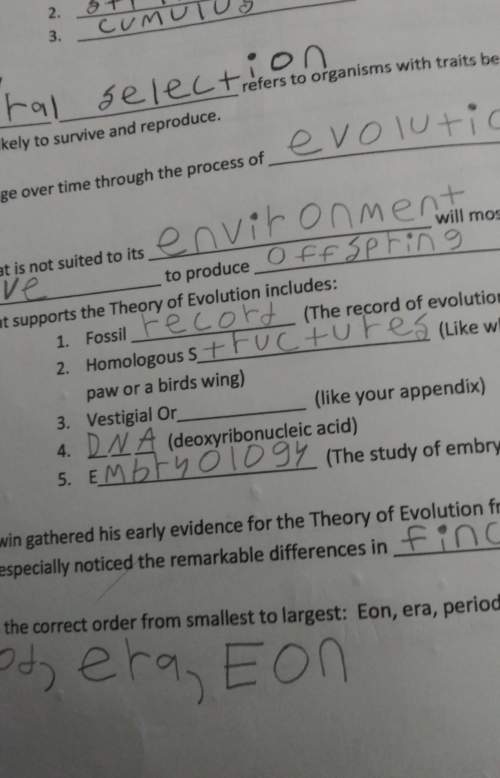
Physics, 19.03.2020 04:04 smcardenas02
Four copper wires of equal length are connected in series. their cross-sectional areas are 0.6 cm2 , 1.9 cm2 , 4.1 cm2 , and 5 cm2 . if a voltage of 126 v is applied to the arrangement, determine the voltage across the 1.9 cm2 wire. answer in units of v.

Answers: 3


Other questions on the subject: Physics

Physics, 22.06.2019 03:30, zahradawkins2007
As part of an industrial process, air as an ideal gas at 10 bar, 400k expands at steady state through a valve to a pressure of 4 bar. the mass flow rate of air is 0.5 kg/s. the air then passes through a heat exchanger where it is cooled to a temperature of 295k with negligible change in pressure. the valve can be modeled as a throttling process, and kinetic and potential energy effects can be neglected. (a) for a control volume enclosing the valve and heat exchanger and enough of the local surroundings that the heat transfer occurs at the ambient temperature of 295 k, determine the rate of entropy production, in kw/k. (b) if the expansion valve were replaced by an adiabatic turbine operating isentropically, what would be the entropy production? compare the results of parts (a) and (b) and discuss.
Answers: 3

Physics, 22.06.2019 11:00, Arielledt10
1. jay fills a wagon with sand (about 20 kg) and pulls it with a rope 30 m along the beach. he holds the rope 25° above the horizontal. the rope exerts a 20-n tension force on the wagon. how much work does the rope do on the wagon?
Answers: 1

Physics, 22.06.2019 19:50, aliami0306oyaj0n
State the below theories and give the name of the writer of the theory 1. wave theory 2. quantum theory 3. corpuscular theory 4. electromagnetic theory
Answers: 1

Physics, 23.06.2019 03:20, marshaehayes9444
Neutrons are placed in a magnetic field with magnitude 2.30 t. part a part complete what is the energy difference between the states with the nuclear spin angular momentum components parallel and antiparallel to the field? δe δ e = 2.77×10−7 ev previous answers correct part b part complete which state is lower in energy: the one with its spin component parallel to the field or the one with its spin component antiparallel to the field? which state is lower in energy: the one with its spin component parallel to the field or the one with its spin component antiparallel to the field? parallel antiparallel previous answers correct part c part complete how do your results compare with the energy states for a proton in the same field (δe=4.05×10−7ev)? how do your results compare with the energy states for a proton in the same field this result is smaller than but comparable to that found in the example for protons. this result is greater than but comparable to that found in the example for protons. previous answers correct part d the neutrons can make transitions from one of these states to the other by emitting or absorbing a photon with energy equal to the energy difference of the two states. find the frequency of such a photon. f f = mhz previous answersrequest answer incorrect; try again; 5 attempts remaining
Answers: 2
You know the right answer?
Four copper wires of equal length are connected in series. their cross-sectional areas are 0.6 cm2 ,...
Questions in other subjects:

English, 17.11.2020 03:30

Mathematics, 17.11.2020 03:30





Social Studies, 17.11.2020 03:30

Mathematics, 17.11.2020 03:30


Mathematics, 17.11.2020 03:30


 = resistivity of the wire
= resistivity of the wire ,
,  ,
,  and
and 
![R=\rho l[\frac 1{0.6}+\frac 1{1.9}+\frac 1{4.1}+\frac15] \times 10000](/tpl/images/0553/5036/620c9.png) [ 10000 multiply convert cm² to m²]
[ 10000 multiply convert cm² to m²]![=\rho l[\frac{10}6+\frac{10}{19}+\frac{10}{41}+\frac15] \times 10000](/tpl/images/0553/5036/379bc.png)
![=\rho l [\frac{38950+12300+5700+4674}{23370}]\times 10000](/tpl/images/0553/5036/dde3a.png)
 ohm
ohm
 A
A





